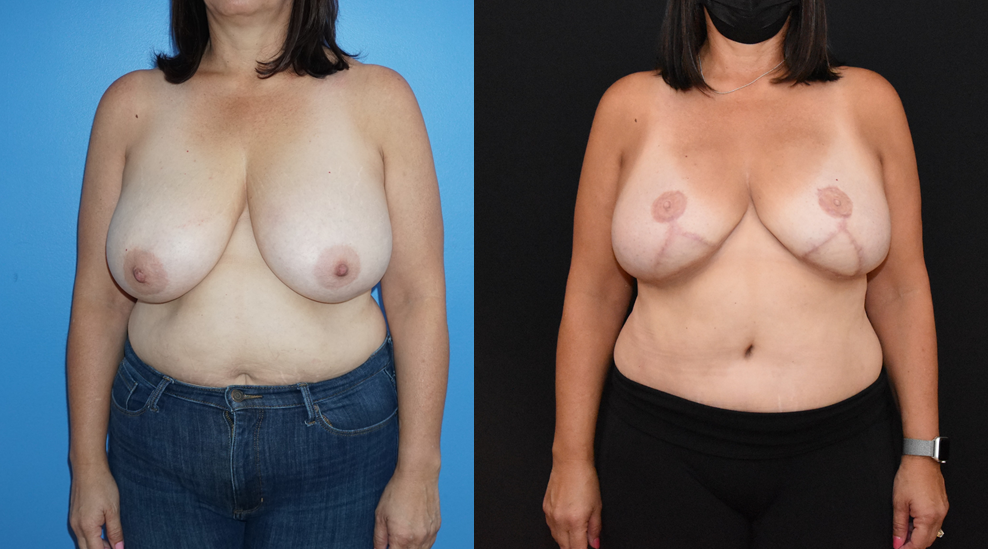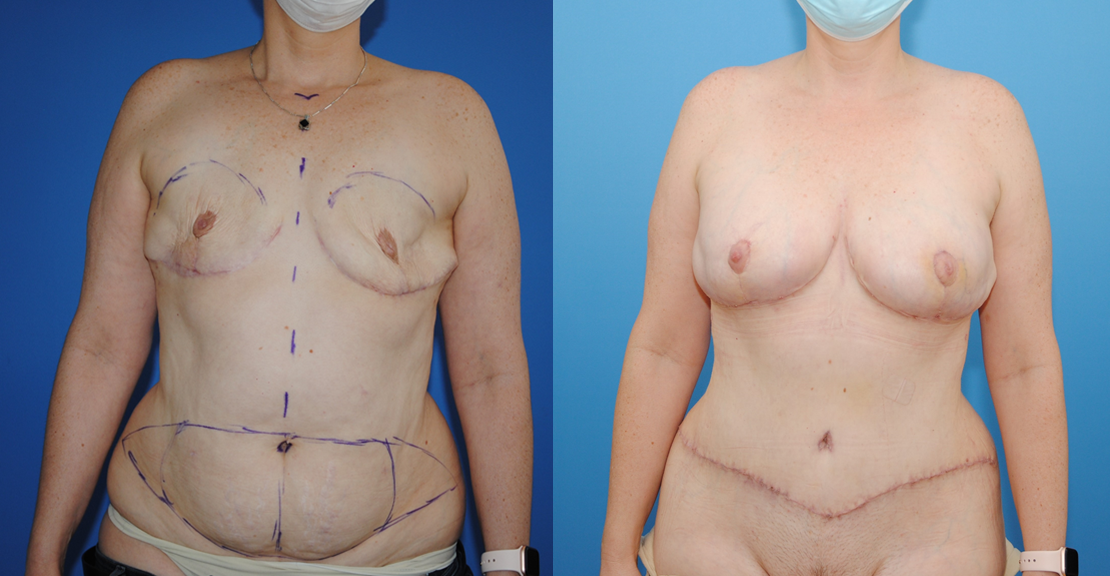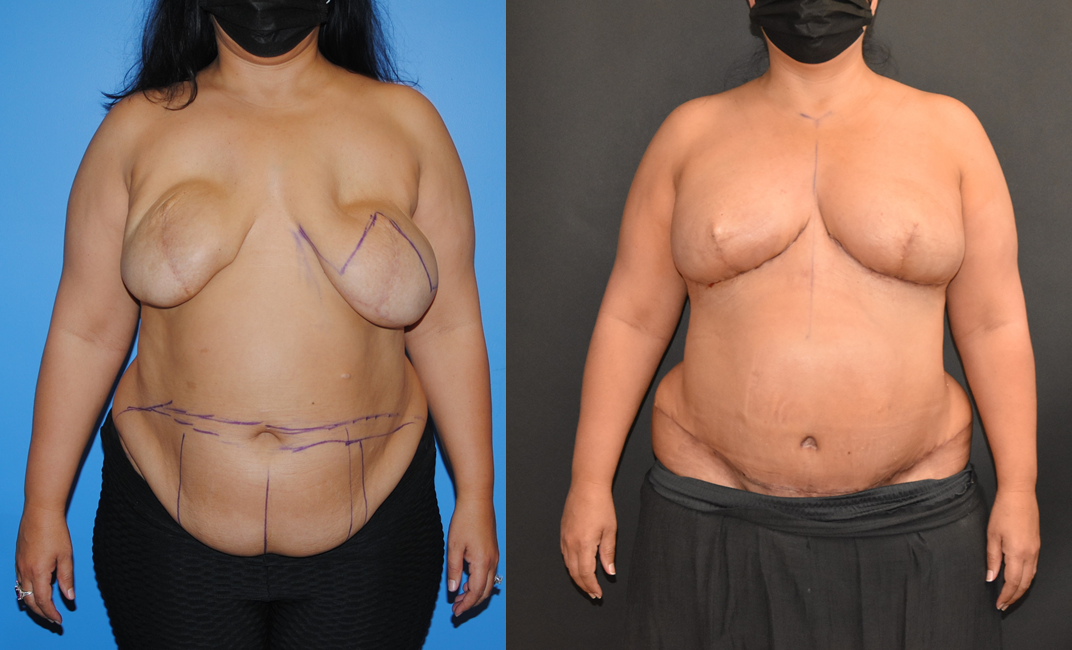Bilateral DIEP flap reconstructions are common operations for breast cancer reconstruction. When the breast has been radiated, DIEP flaps can be very helpful for breast reconstruction. When implants or expanders have extruded through the skin the DIEP flap can help reconstruct the breast. After the breast has been reconstructed with a DIEP flap the final stage of the reconstruction is…






